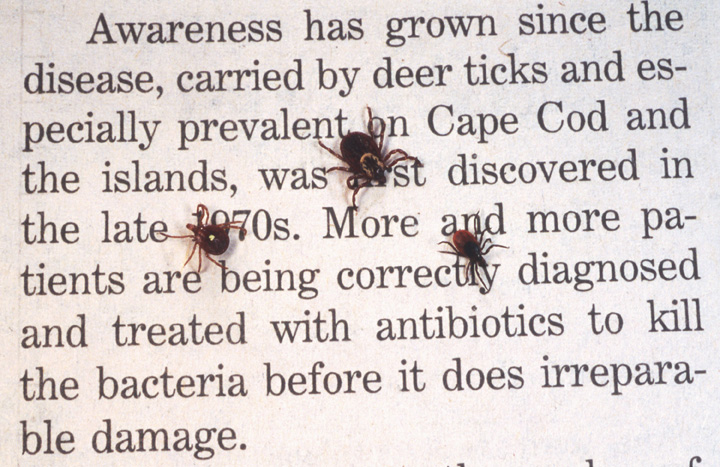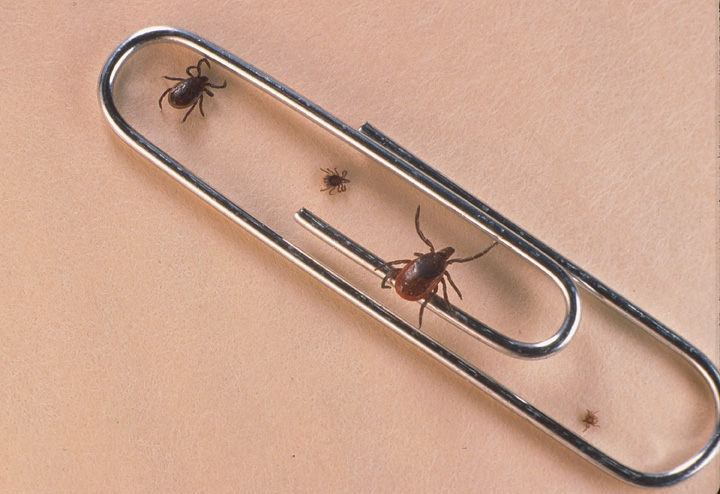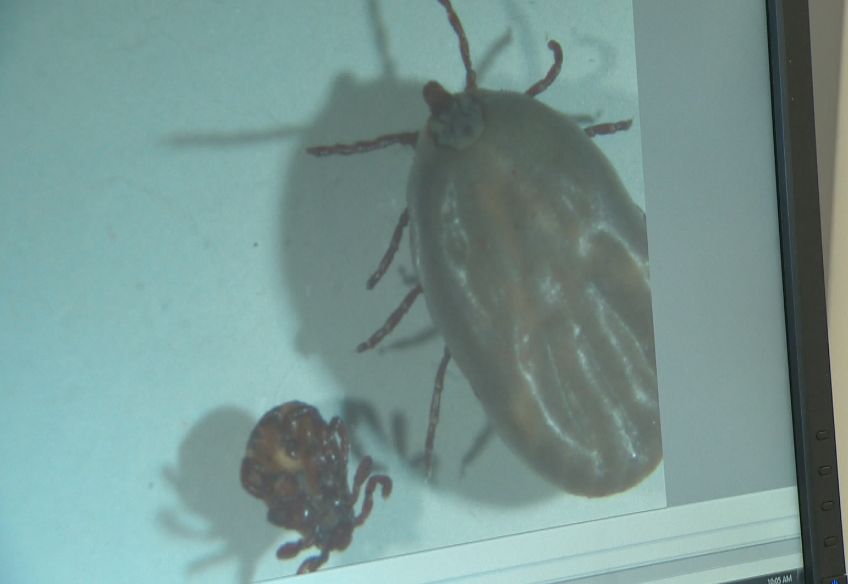Albertans who find a tick on themselves or their pets this summer might be tempted to throw it away, but the Alberta government is instead asking people to hold on to the bugs and submit them for testing for Lyme disease.

READ MORE: Ticks and Lyme disease: what you need to know
Test results show the types of ticks that can carry the Lyme disease bacteria have not established populations in Alberta. This means there is little risk of getting Lyme disease, however the province continues to be vigilant.
READ MORE: How to properly get rid of ticks and avoid getting bit in the first place
Under the “submit-a-tick” program, Albertans who find a tick on themselves are asked to bring it to either an Environmental Public Health Office, a First Nations Health Centre or a physician. Ticks found on pets or livestock should be taken to a veterinarian.
The province has been testing ticks found on pets and farm animals since 2007, and ticks found on humans since 2013.
In 2016, 2,781 ticks were submitted to the provincial program. The province said only 34 of those bugs tested positive for the bacteria that can cause Lyme disease.
READ MORE: Climate change cited as probable factor for rising cases of Lyme disease in Canada
The province said in the three years after the tick surveillance program was expanded, the number of ticks submitted by Albertans almost tripled – but the proportion of ticks carrying the Lyme disease bacteria did not increase.
How to protect yourself against ticks:
- Wear light-coloured clothing. It makes ticks easier to see and remove before they can attach to feed
- Wear long pants and a long-sleeved shirt, closed footwear and tuck your pants into your socks
- Use a tick repellent that has “DEET.” Apply it to your skin and outer clothing
- Examine yourself thoroughly for ticks after a day out and use a mirror to check the back of your body
How to safely remove a tick:
If you do find a tick, it’s important to remove it as soon as possible. If it’s removed soon enough, treatment may not even be necessary.
- Try not to squash it
- Do not apply matches, cigarettes, or petroleum jellies to the tick as these may cause an infected tick to release the bacteria into the wound
READ MORE: Watch out in the woods: Tick season peaks in Alberta
The video below demonstrates how to pull a tick out with a pair of tweezers:
— With files from Carmen Chai, Global News.






Comments